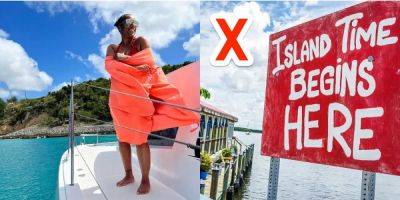Riselle Celestina lights up whenever she has the chance to talk about the Caribbean.
How can tourists help Maui recover? Here’s what locals say.
05.09.2023 - 22:01 / nationalgeographic.com / Ilihia Gionson
LiAnne Driessen had moved into her grandparents’ home in Lāhainā four years ago, a home destroyed in the August 8 wildfires that razed the historic coastal town and killed at least 115 people. Everything—except for a mango tree her kūpuna (grandparents) had planted from a seed 50 years ago—is gone.
Now the Native Hawaiian wife and mother of two faces losing the Maui-based sailboat tour company that her family started 50 years ago. It had been booking 80 to 90 snorkel and dinner sails a week. Overnight, she says, it lost 80 percent of its business. Her husband, a first mate and captain-in-training, had to be laid off. “We’re barely hanging in there,” says Driessen. “It’s scary. We barely survived COVID.”
Livelihoods across one of Hawaiʻi’s most popular islands are suffering as a result of one of the deadliest U.S. wildfires in a century. According to the Hawaiʻi Department of Business, Economic Development, and Tourism, about three million tourists visit Maui each year, spending about $5.4 billion. Before the wildfires, about 8,000 people were arriving on Maui each day. Now, it’s around 2,000.
After advising travelers to stay away, lawmakers, tourism officials, businesses, and even residents are now urging them to visit—mindfully.
“We are definitely hoping visitors come back,” says Wisa Miller, who works at Aliʻi Kula Lavender, a 13.5-acre lavender farm that offers tours and runs a gift shop. “I know people on the outside are confused because some social media posts say to stay away and others saying to come. Our island is reliant upon tourism. We need resources to get back on our feet right now.”
But traveling currently to Maui is complicated. It may seem insensitive to sip a mai tai at a hotel pool in Wailea, but every dollar a visitor spends on the island helps its economy, explains Ilihia Gionson, public affairs officer for the Hawaiʻi Tourism Authority.
“People have lost everything, and now they’re losing their jobs,” Gionson says. “Maui has an economy, for better or worse, that right now is very dependent on visitor spending. Shopping at local shops, eating at local restaurants that support local farmers, doing activities run by small local businesses—those dollars are directly supporting the residents; they are directly keeping local people employed.”
In the days after the wildfire, Hawai‘i issued an advisory discouraging nonessential travel to West Maui—including Lāhainā—through October 17. Locals took to social media pleading to visitors to cancel their trips. Tourists have heeded the warning, canceling vacations and staying away. But the result is a dramatic economic downturn that’s crippling Maui’s ability to recover.
(Lāhainā was a glittering jewel of the Hawaiian kingdom.)
“We also have to

Google's AI Tool Can Now Help You Plan Your Next Vacation — Here's How
It will soon be easier to plan your next vacation from start to finish with artificial intelligence. Google’s Bard AI service recently rolled out several new features that will benefit travelers both in booking their trip and along the journey itself. (Bard is a conversational artificial intelligence service, similar to ChatGPT, but the integration into a user’s data helps turn it into a personal concierge.) Google announced that the Bard service can now be integrated with different Google products — such as Gmail, Google Flights, and Google Maps — for seamless integration when communicating with the AI service. For example, you can now create prompts to determine flight duration, preferences, and distance between destinations.

Brazil to Require Visas for American Tourists in 2024
Brazil will mandate visitors from the U.S., Australia and Canada obtain an e-visa prior to entering the country starting January 10, 2024, according to Embratur, Brazil tourism’s board.
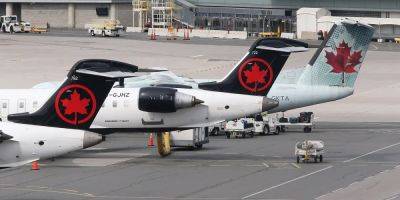
Air Canada apologizes after 2 passengers were kicked off a plane for refusing to sit in a vomit-covered seat
Air Canada has apologized and said it is following up with two passengers after they were booted from an August 26 flight.

7 photos show that tourists have always been brazen at US national parks
Tourists misbehaved at US national Parks this summer, but it's not the first time.
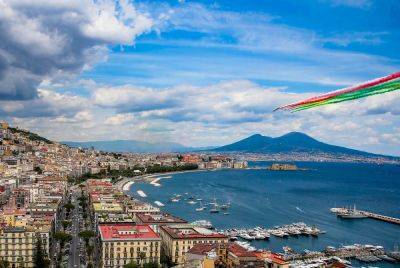
Can’t Get To Naples? Here’s How To Have Italy’s Best Pizza Delivered To Your Door
Post-pandemic “revenge travel” is in full swing, and tourists are flocking to Italy in droves like never before: with the country poised to break all tourism records in 2023, visitors–especially from the U.S.–are expected to beeline to Italy over other European destinations for the foreseeable future, to revel in the ineffable magic of la dolce vita.
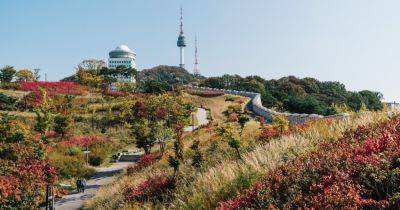
How to Eat, Drink and Gallery Hop Like a Seoul Local
South Korea’s capital is electric. Among its neon lights, K-pop and fast-paced energy, you can feel the current, the hum of activity moving through the streets. Nowhere is this more evident than in Itaewon, Samcheong-dong and Hongdae, neighborhoods popular with the city’s creatives.

Expat 101: Can I Bring My Pet With Me Overseas?
I’ve been covering the live, retire, and do business abroad beat for more than three decades now and there are some questions that come up more than most. Chief among them: Can I bring my pet overseas?
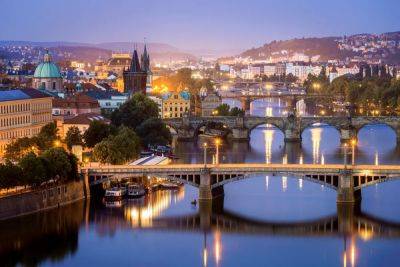
Move To The Czech Republic: Here’s What You Need To Know About The New Digital Nomad Visa
Imagine waking up to the chime of a medieval clock, then settling down to work with a thousand-year-old castle as your backdrop.
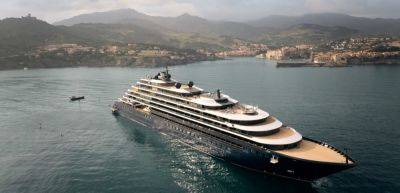
Candela Mamajuana releases MAREA, a new limited edition rum exclusively for The Ritz-Carlton Yacht Collection
Caribbean-influenced Candela MAREA is now available as a luxurious all-inclusive offering throughout elevated food and beverage experiences aboard Evrima.

How can travel companies avoid the reputational risks associated with attempting to become sustainable?
The recent Earth Day (22nd April) and World Environment Day (5 June) brought with them inevitable stories about shameful greenwashing – from oil giants to global banks to car companies.

French pharmacies become latest TikTok travel trend among American tourists
Move over Eiffel Tower, France has a new world famous tourist attraction.
